Maximizing Thread Cutting Efficiency with Indexable CNC Turning Tools
Author: SAIVS Date Published: Dec 30,2024
Maximizing Thread Cutting Efficiency with Indexable Thread Turning Tools
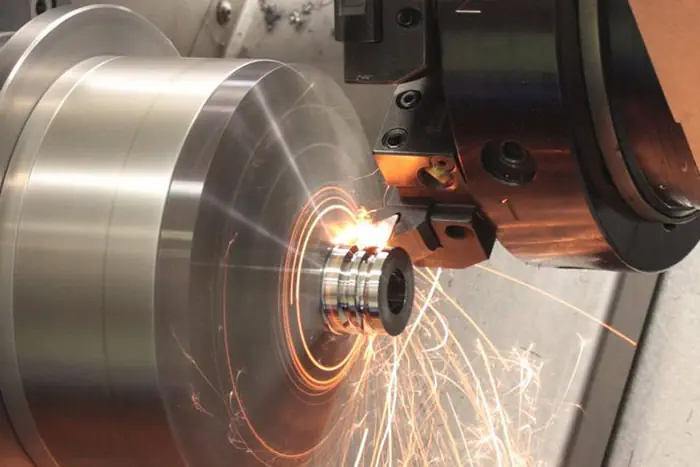
In the world of CNC machining, selecting the right tools and cutting technology is crucial for achieving optimal thread quality and precision.
One tool that plays a significant role in this process is the indexable thread turning tool, which is commonly used in CNC lathes and machining centers.
This tool allows manufacturers to produce threads with high accuracy, efficiency, and minimal tool wear.
Whether you're working with internal or external threads,
understanding how to properly use and select thread cutting tools can make all the difference in production quality and overall performance.
The Importance of Correct Thread Cutting Technology
Thread cutting processes are heavily dependent on the structure of the machined parts and the specific CNC machine being used.
To ensure consistent results, it is essential to use the correct cutting edge. For right-handed threads, the right cutting edge should be used,
while left-handed threads require the left cutting edge. This not only guarantees stable support for the blade but also minimizes excessive wear
and tear on any one side of the tool, ultimately prolonging its lifespan.
One of the critical factors when choosing a thread turning tool is the blade inclination angle, which is typically set by the shim of the tool.
While standard tools often have a positive blade inclination, some specialized internal thread tools (with diameters of 16mm and under)
may not allow for this due to space limitations.
Optimal Feed Methods for Thread Turning
The feed method you select can greatly influence the efficiency and quality of the thread-cutting process.
Several feed methods are commonly used, and the choice depends on the material of the workpiece, the insert geometry, and the CNC machine used.
Commonly Used Cutting Method: In this method, both the left and right sides of the turning tool are engaged in the cutting process simultaneously.
This helps to offset the axial cutting force, which improves blade stability and allows for more uniform wear.
This method is most suitable for threads with a pitch of less than 1.5mm.
Single-Side Feed: This technique involves feeding at an angle relative to the radial direction.
It provides better chip removal and heat dissipation, although it can cause wear on the non-cutting edge due to friction.
This feed method is ideal for stainless steel, alloy steel, and carbon steel threads.
Radial Direct Feed: This feed method, in which both cutting edges of the tool engage simultaneously, produces smooth chip removal,
better heat dissipation, and a lower surface roughness on the thread. It is commonly used in CNC lathes for turning various types of threads,
making it an efficient and reliable choice for many manufacturers.
Alternating Left and Right Feed: This method alternates the radial feed direction, moving either to the left or right after each pass.
While this method can be more complex in CNC programming, it is often used on general-purpose lathes, particularly for medium-pitch threads greater than 3mm.
Thread Milling vs. Thread Turning: What's Best for Your Operation?
For large-diameter threads, particularly internal threads, thread milling is often the preferred method. Unlike thread turning,
which uses a single cutting edge, thread milling is done with a multi-edge tool, which helps to distribute the cutting force more evenly and reduces tool wear.
Thread milling is usually performed using CNC boring and milling machines, making it suitable for high-precision applications such as large internal threads
or complex thread profiles. The process relies on three-axis linkage and helical interpolation, which ensures smooth cutting while maintaining thread accuracy.
On the other hand, thread turning remains a widely used technique for manufacturing both internal and external threads,
especially when shorter processing times and reduced tool wear are priorities.
Thread turning is typically faster and more cost-effective than thread milling for standard threads.
Choosing the Right Parameters for Thread Cutting
The performance of thread cutting—whether turning or milling—depends heavily on selecting the correct cutting parameters.
These parameters include cutting speed, the amount of back-cutting, and the number of passes.
Thread turning speeds should generally be 25% to 50% lower than conventional turning speeds to reduce tool wear.
For both thread turning and milling, the cutting parameters should be adjusted according to the material of the workpiece and
the complexity of the thread geometry.
Reducing the cutting speed and using proper cooling techniques can significantly improve tool life and surface finish quality.
Conclusion: Enhance Your Machining Efficiency with the Right Tools
In conclusion, the key to achieving high-quality, durable threads in CNC machining lies in selecting the appropriate cutting technology and tool.
By using the right indexable thread turning tool, choosing the optimal feed methods, and fine-tuning cutting parameters,
manufacturers can improve thread accuracy, reduce tool wear, and boost production efficiency.
Ningbo saivs Machinery Co., Ltd. specializes in providing high-quality casting products, including Investment Casting, Sand Casting,
and die-casting, with advanced technology and expert service. Whether you need indexable thread turning tools or custom casting solutions,
we are committed to delivering precision and performance. contact us today for more information on how we can support your manufacturing needs.
Why Choose SAIVS™ as Your Supplier?
1.Superb Quality Control Management
At SAIVS, we take pride in our perfect quality management systems and procedures, which guarantees the excellent performance of all our producs, being a professional Investment Casting | Die Casting| Sand Castingmanufacturer in China.
2.Rich Production Experience
With 20 years of experience in production, SAIVS has a deep understanding of the market and trends, and strives for continuous research and innovation. This has created advantages in both the product's performance and appearance.
3.Competitive Prices
As a Chinese factory committed to becoming the most cost-effective Investment Casting | Die Casting| Sand Castingexporter in China, SAIVS provides high-quality products at advantageous prices. By lowering costs and increasing efficiency, we ensure that our customers receive the best possible value for their investment.
4.Perfect After-sales Service
At SAIVS, we strive to provide superior customer service that meets and exceeds expectations. We are always available for any questions or concerns you may have, and we stand by our commitment to providing excellent after-sales support.
Related Posts
-
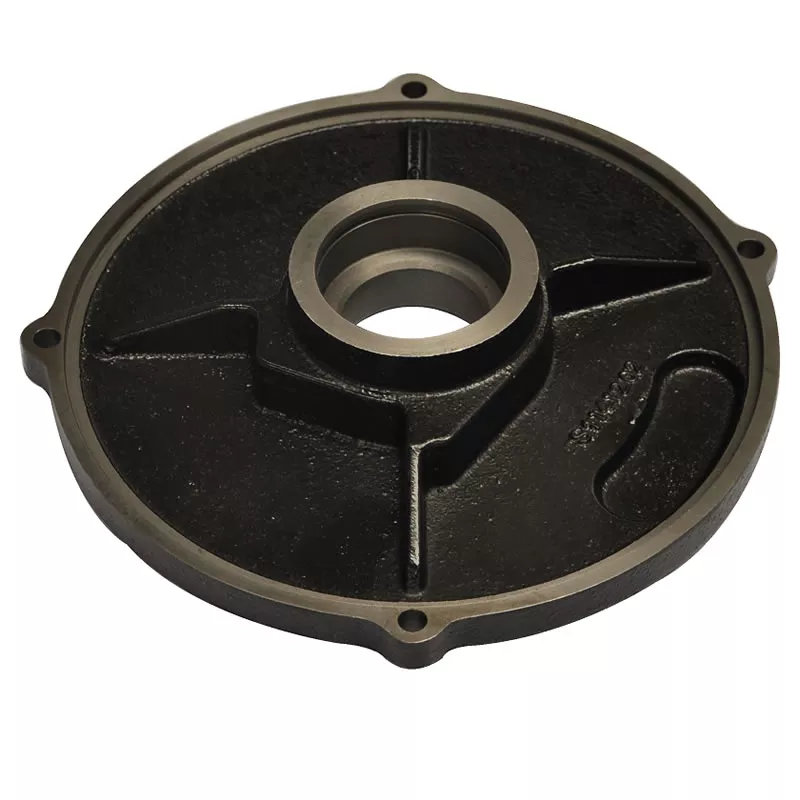
Characteristics of Sand Casting and Its Application
The production of aluminium alloy castings by sand turning casting with clay bonded sand as molding material has a long history and is also the most widely used...
-
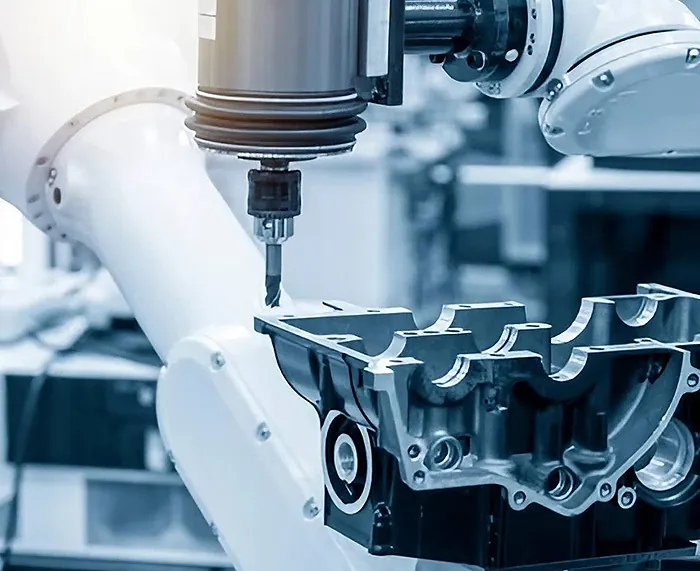
Exploring Die-Cast Prototyping Methods: Six Effective Strategies
Die casting is a manufacturing process used to create metal parts with high precision and excellent surface finish.When it comes to prototyping for die-cast par...
-
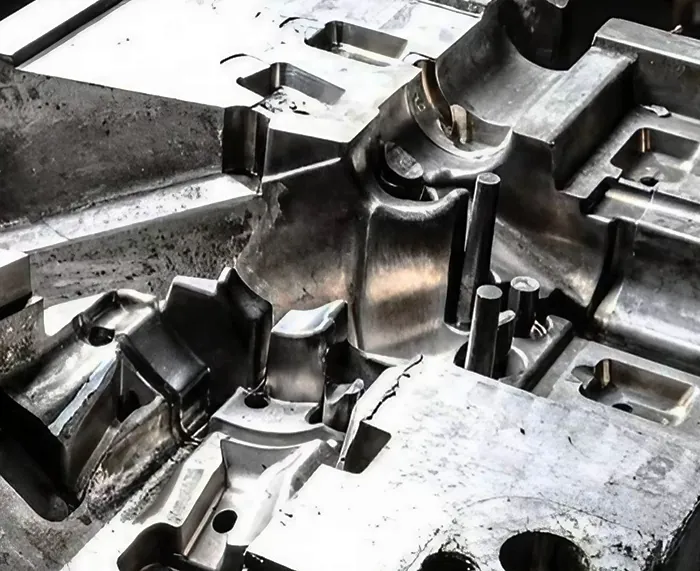
Understanding Cold Chamber Die Casting
IntroductionCold chamber die casting is a metal casting process that involves injecting molten metal under high pressure into a mold cavity. This process i
-
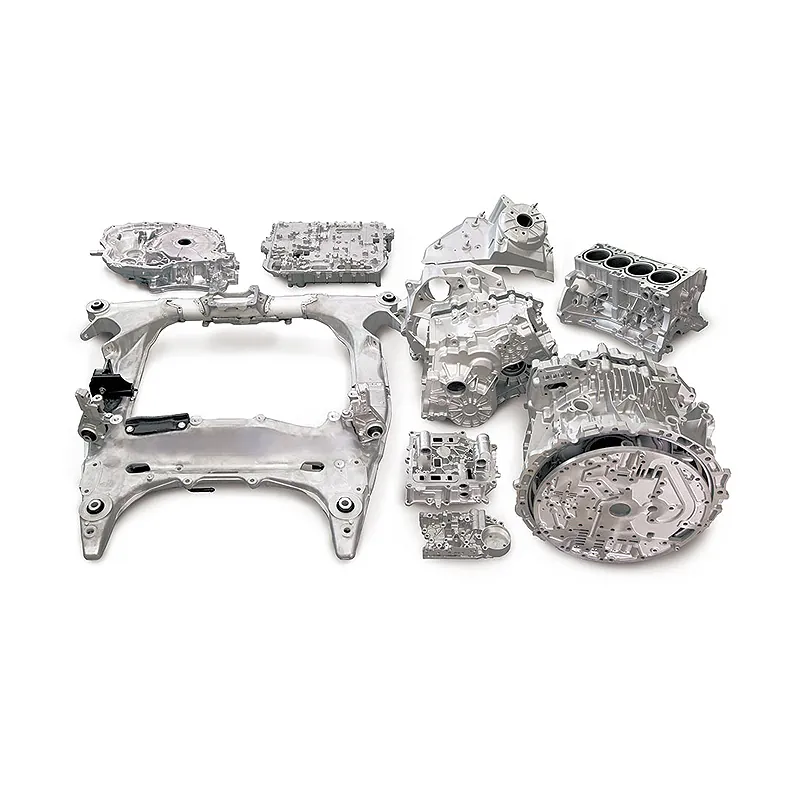
Guidelines for Die Casting Quality Control
Die casting is a widely used manufacturing process that allows for the production of complexand high-precision metal components. To ensure the production of sup...
-
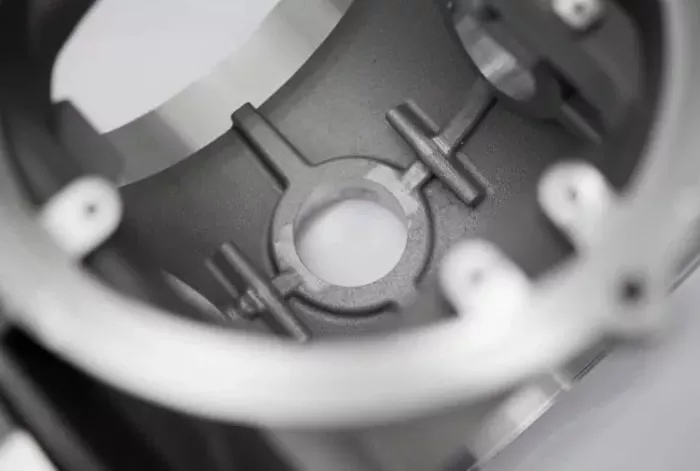
Why Choose Haworth Castings For Your Cast SAIVS?
SAIVS Castings specializes in producing high-quality cast enclosures for various industrial sectors. Enclosures are protective housings that provide a secure ba...
-
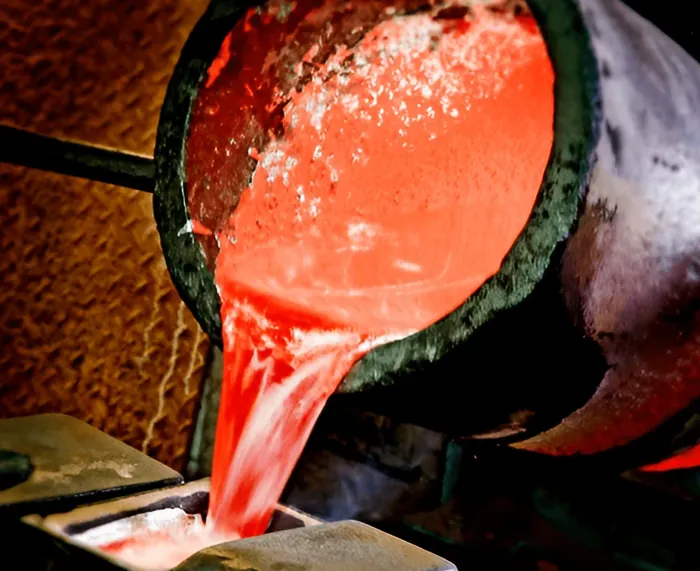
Conquering Casting Shrinkage: A Guide to Flawless Metal Parts
This article explores types of shrinkage, and solidification, and how to control them for high-quality castings.

